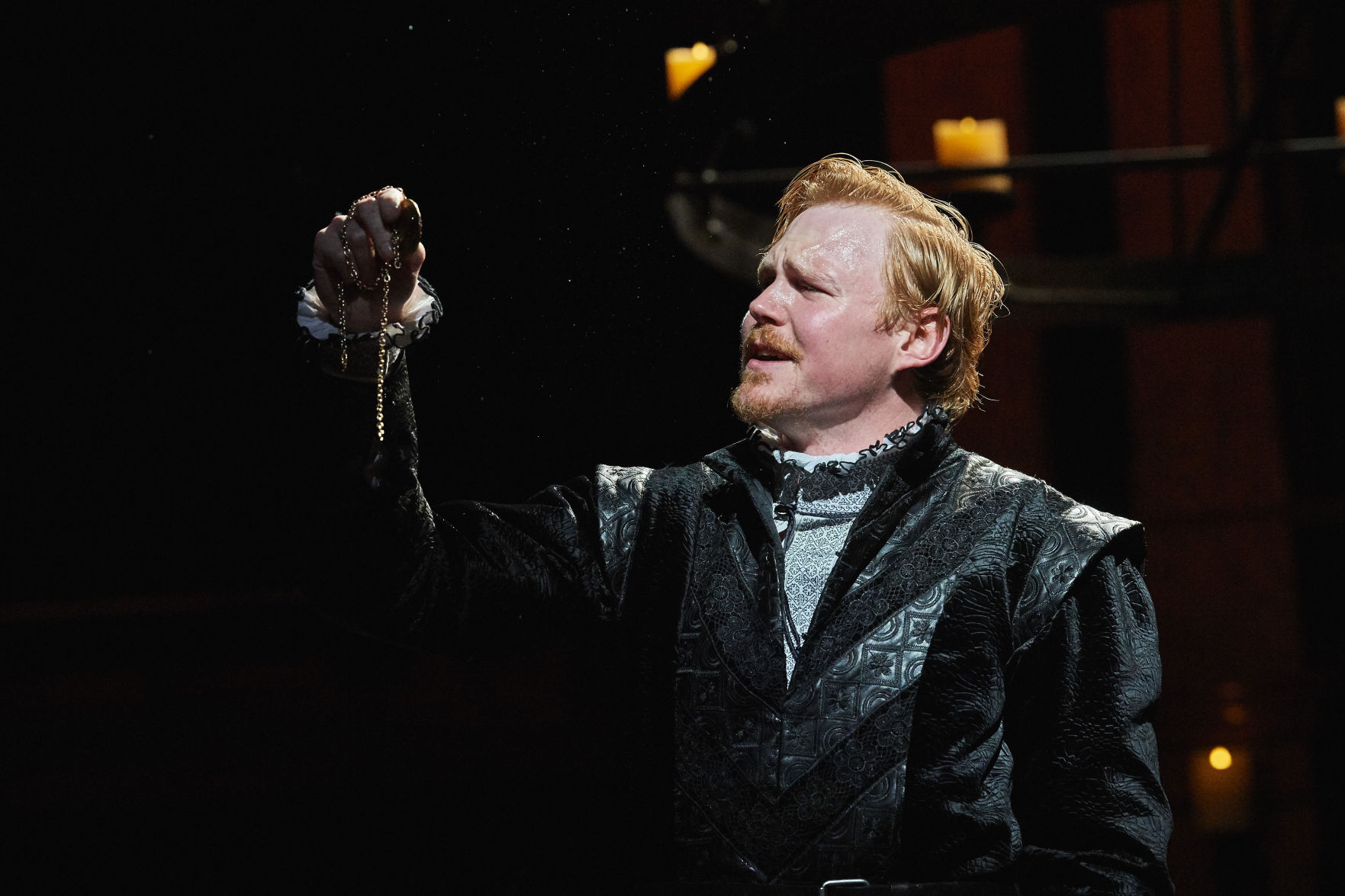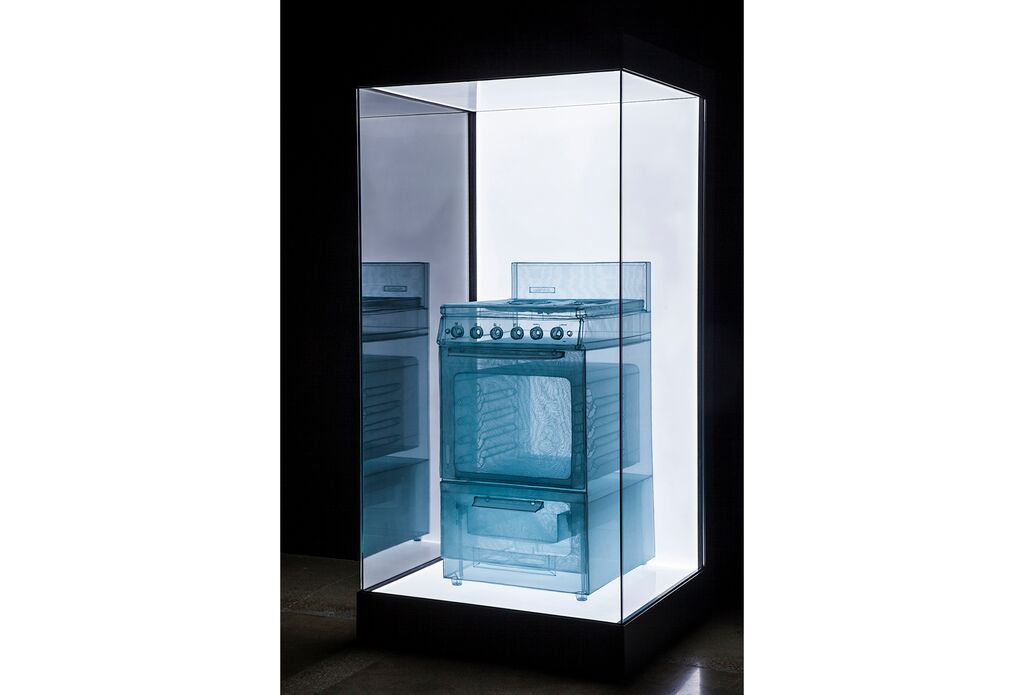
By Abigail Preiszig
Activist Tish O’Dell is calling for a “paradigm shift” in the way society views Lake Erie and nature as a whole.

“There has to be a cultural shift,” says O’Dell, who worked on community-led legislation for the Lake Erie Bill of Rights in Toledo. “Rather than Lake Erie being seen as just a resource or commodity, it needs to be seen as a part of the community.”
O’Dell, along with Community Environmental Legal Defense Fund, a public interest law firm headquartered in Pennsylvania, teamed up with Northeast Ohio-raised artist Andrea Bowers and the Museum of Contemporary Art Cleveland to present “Exist, Flourish, Evolve,” a large-scale exhibit opening at moCa in February 2024 and on view through June.

The campaign aims to raise awareness and stimulate change through art and programming reflecting on the dangers facing Lake Erie and all the Great Lakes ecosystems.
“This (exhibition) uses Lake Erie as a jumping off point to address ecopolitical crises,” says Lauren Leving, moCa curator-at-large. “It flows perfectly with (Bowers’) broader body of work which is rooted in different facets of activism. She has done different projects in collaboration with individuals who are on the front lines or at the heart of these issues, developing generative and generous relationships.”

For over two decades, Bowers, a multimedia visual artist based in Los Angeles, has documented the work of activists creating contemporary history. Her art chronicles issues like immigration rights, workers’ rights, women’s rights and climate justice.
“I view my art as bearing witness to the important work that activists do,” Bowers says.
“Exist, Flourish, Evolve” uses neon sculptures, photorealist drawings and documentary film to explore the work of CELDF, O’Dell and other Ohio activists as they attempted to pass the Lake Erie Bill of Rights to protect the Lake Erie ecosystem from pollution.
Collaboration for the exhibit began in 2019. Following that initial meeting, Bowers, who grew up in Huron – three houses away from Lake Erie – made several trips back to Ohio.
On one of those trips, O’Dell organized a several days-long tour of Northwest Ohio communities including stops in Toledo and Williams County, and visiting farms and the Maumee Bay State Park in Lucas County. They connected with residents and bore witness to the chemicals and large amounts of animal manure from farms that drain into the waterways, causing algae blooms in shallow parts of the water, says O’Dell, a Broadview Heights resident.

“Those toxins are still coming to Cleveland, even if not as visible to the naked eye,” says O’Dell, who is also a CELDF senior staff member. “There are no boundaries in the lake. Pollution that happens in one part flows to the rest of the lake.”
These algal blooms left residents of Toledo without drinking water for three days in 2014, inspiring the LEBOR which would grant Lake Erie rights to “exist, flourish and evolve” and allow Toledo residents to file lawsuits on the lake’s behalf, O’Dell explains.
In 2019, Toledo citizens voted in a special election to enact the LEBOR as an amendment to the Toledo City Charter. However, a federal court overturned the LEBOR in 2020, saying it harmed Ohio’s ability to issue permits and is too vague. The City of Toledo filed a motion to appeal, but a few months later withdrew the appeal. By the end of the year, the local court ruled the LEBOR moot.
O’Dell says in the beginning of the moCa project, she did not understand the full connection between art and legal work focused on environmental rights, but Bowers opened her eyes.
“Much of our environmental activism starts in the wrong place,” O’Dell says. “We are fighting to limit the harm and not prohibit it by regulating it. We allow a slow, cumulative poisoning and destruction to happen to nature and to ourselves. People have to get to a place where they understand that we are not separate from nature, but that we are nature. This is the cultural shift in thinking that Andrea’s art can help convey and get people to start thinking about.”
Bowers adds, “I use my artwork to visualize activist movements and messages.”

In conjunction with the exhibit at moCa, a neon sculpture using language from the LEBOR will be installed on the balcony of the Great Lakes Science Center in downtown Cleveland, which overlooks Lake Erie. Bowers designed the neon script in collaboration with David Helton, the illustrator responsible for creating the iconic Cleveland Buzzard for 100.7 WMMS – Cleveland’s Rock Station, to bring Cleveland’s rock tradition into her art.
“Andrea highlights the role art can play in environmental activism, so that’s how these two sites will be talking to each other,” Leving says. “The exhibition is really thinking about structures impacting our ecosystems, showing the interconnectedness of humans and nature.”
Part of the artwork shown in “Exist, Flourish, Evolve” will be from Bowers’ Eco Grief Extinction Series, which draws attention to climate change by visualizing extinction.
“There are going to be works that are beautiful at first glance, but really difficult to confront,” Leving says. “Some of the work that we’ll be showing is on recycled cardboard, and so also thinking about the environmental politics of the materials that she’s using and that spans a breadth of mediums.”
Additionally, moCa is working with two Cleveland Metropolitan School District high schools to launch a program called Artful Advocates, which will kick off this December. The program is in partnership with CELDF and OhioHealth. The 10-session curriculum will encourage youth to research, raise awareness for and potentially eradicate environmental health challenges in their community.
The students’ final projects will be presented at a Community Environmental Legal Defense Fund conference from April 22-23, 2024, to celebrate Earth Day at moCa.
“I want the legal system to change and for that to happen, cultural values and thinking has to change,” O’Dell says.
On View
“Exist, Flourish, Evolve” opens in February 2024 and on view through June at the Museum of Contemporary Art Cleveland, 11400 Euclid Ave., Cleveland. For more information, visit mocacleveland.org.










